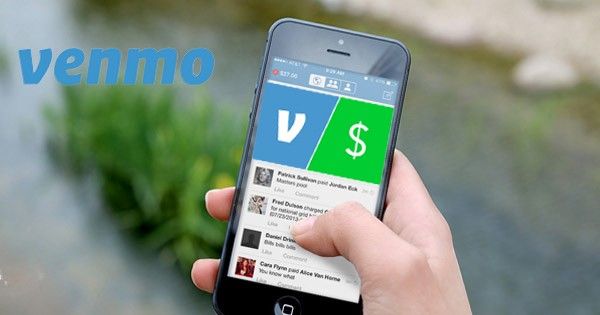Stay connected
Subscribe to our Inside WEX blog and follow us on social media for the insider view on everything WEX, from payments innovation to what it means to be a WEXer.
"*" indicates required fields

“Just Google it.” “I’ll ping you.” “Venmo me.” Millennials are the Venmo generation, and they’ve made transacting in the social-meets-P2P payment app into the latest “thing” to do. Recently tucked under PayPal’s wing, Venmo has experienced incredible growth, reaching $4 billion in person-to-person payments in the second quarter of 2016, up by 141% year over year. In a move to fuel ongoing growth, the company is planning to introduce a new capability to customers in 2017: in-store payments. That means retailers are asking, “Venmo me?”
The app originally gained traction by enabling users (whose Venmo accounts are attached to their bank accounts, debit cards, or pre-paid cards) to send payments to family members and friends. Most recently, Venmo expanded the functionality to online retail partners’ apps, so users can now use their Venmo account to make a purchase within Parking Panda’s app, Munchery’s app, Gametime’s app, among others.
Whether they’re chipping in for their share of dinner or paying for a parking space, their friends are going to know about it. Venmo displays a transaction feed so users can see what their friends are buying. A recent LendEDU study of Venmo users’ public transaction descriptions, in fact, shows what they’re spending money on. The 3 most frequently used terms are “food,” “Uber,” and “rent,” and the top two emojis are pizza and a small stack of flying money, followed by beer, a house, and a football. Check out this infographic to view details of LendEDU’s Venmo study.
Venmo is surely a favorite way to pay for small-ticket, day-to-day items and even household expenses—and all from the ever-present smartphone. The app makes it easy for users to skip the cash station and side step the checkbook and settle debts with people with just a few touches.
Turn to Social Media and P2P Payments: A Brief Overview for a primer on just how the most popular peer-to-peer payment networks work.
This begs the question: Will Venmo users take their app to the cash register? And another important question: Will people pick Venmo over the more popular mobile wallets in the crowded mobile wallet marketplace?
Here’s why they Venmo users might be more than happy to bring their apps to the checkout counter:
Dig deeper in In-Store Digital Wallet Payments: The 3 Things Consumers Are Waiting For
Venmo is a player in the P2P and now B2C marketplace—and no one is projecting (quite yet) that B2B players will get in on the “social payments” scene. But that’s not to say that elements of the user experience won’t somehow work their way into B2B payment processes, especially as Millennials come into prominence as industry leaders.
Read Will Millennials Drive Your Payments to Social Media? for more insights.
The developers of digital wallets and mobile payments solutions, and the retailers and brands exploring ecommerce via social networks, are clearly open to finding new opportunities to take advantage of changing preferences and introduce alternatives to traditional ways of doing business. Where innovation is at play, strategy follows—and B2B professionals are listening, even if they’re not using emoji to illustrate their corporate payments transactions.
For more, read The Top Payment Trends Shaping Strategic Thinking in 2016, Part 2.
Subscribe to our Inside WEX blog and follow us on social media for the insider view on everything WEX, from payments innovation to what it means to be a WEXer.
"*" indicates required fields